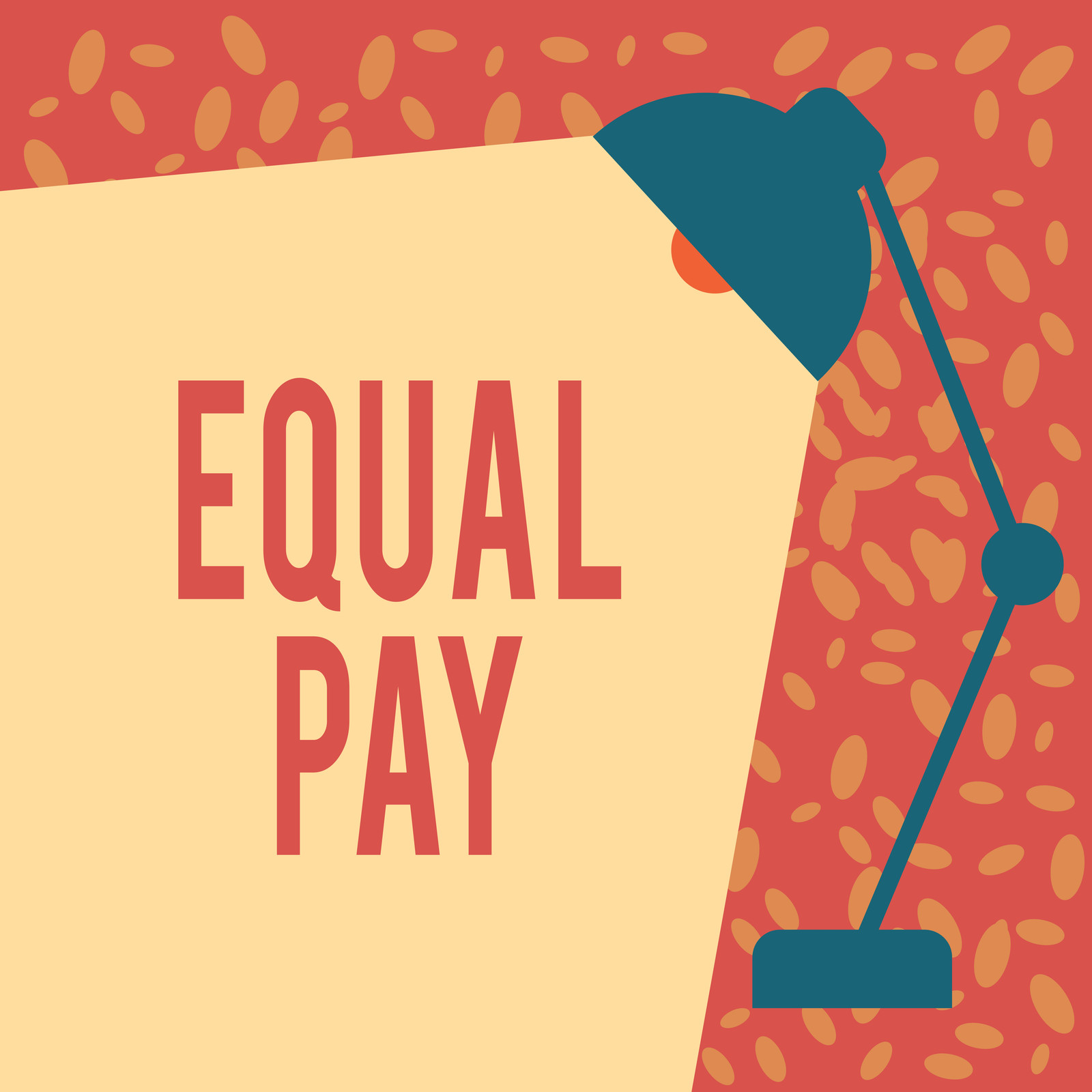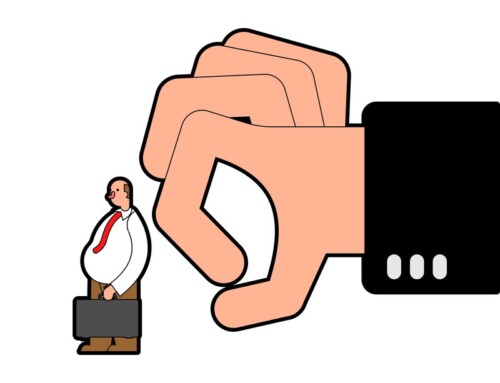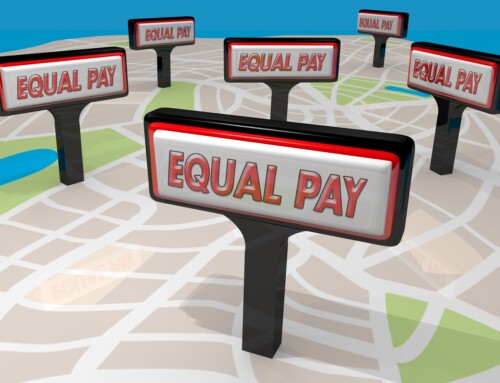
◆What is “equal pay for equal work”?
Aiming to eliminate the unreasonable disparity in treatment between so-called full-time and part-time employees (fixed-term workers, part-timers, and temporary workers) in the same company, it will be prohibited to create unreasonable disparities in treatment of any kind, including basic salary and bonuses.
In addition, if requested by a non-permanent employee, the employer is required to explain the nature and reason for the difference in treatment compared to a full-time employee, and not to treat the employee unfavorably because of the request for an explanation.
Effective from April 1, 2020 for large companies and worker dispatch, and from April 2021 for small and medium-sized companies.
◆What is the reaction of companies / workers?
In Chapter 2 of the “Annual Economic and Financial Report for Fiscal 2020,” which was submitted to the Cabinet on November 6, 2020, the efforts and impact of equal pay for equal work are summarized, and here are some of them.
The percentages of part-time and fixed-term employees who responded that they were not convinced of the difference in treatment compared to the same full-time employees were 37.0% for bonuses, 26.6% for regular raises, 23.3% for retirement benefits, and 12.7% for personnel evaluation and performance.
On the other hand, the implementation rates of the initiatives are: “Clarification of job description” 35.2%, “Review of salary system” 34.0%, “Review of benefits” 31.3%, “Review of benefit system” 21.2%, and “Consolidation of personnel evaluation” 17.7%.
As for the challenges that companies face, 30.4% of them feel that it is costly, 19.5% feel that it is unclear what needs to be addressed, 18.7% feel that it is difficult to change internal practices and customs, 16.5% feel that there is no effective way to deal with the issue, and 16.1% feel that it is difficult to make flexible adjustments to their operations.




